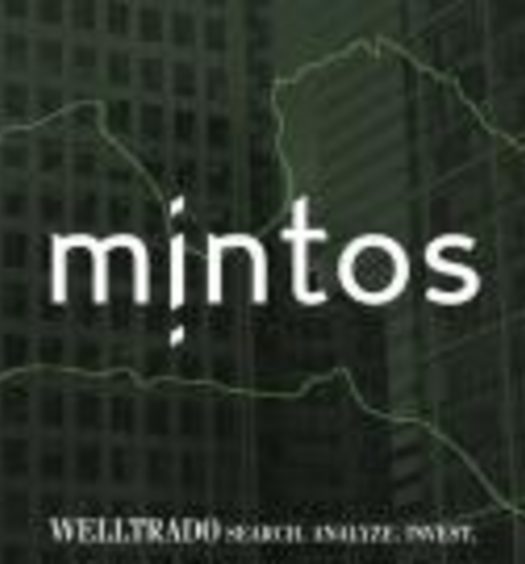Modern investing principles. Today, ideas of the so-called Modern Portfolio Theory are used by the majority of professional investors. Its principles were laid in 1952 in an article by a 25-year-old student Harry Markowitz.
At that time, the investment process was largely based on intuitive decision making. Portfolio managers used to look for most promising stocks in their opinion and make investments in them (balancing them with bonds). Diversification was considered important, but was done intuitively as well. Investors used to distribute assets in the portfolio based on their personal experience and judgement. Theoretical assumptions of that time suggested that the choice of stocks depended on the forecast of future dividend payments. If the company grows, this will cause the increase in profit and dividends. Thus, its stocks should be bought. It was also possible to look for companies without a strong growth potential, but undervalued by the market. In the future, their valuation should “balance out” and bring profit to the investor who bought the shares at a lower price.
Harry noticed that these cases were referred to the potential profit only, and did not take into account any risks. It is hard to believe that nobody had thought about it before, but the task to determine risks was so complex that it remained to be a gap in the theory. Markowitz was quite a good mathema
tician, and in those days he dealt with operations research working at Rand Corporation. So his method of determining risks was associated with mathematical modeling.
Harry was thinking as follows: in each period of time (for example, a year) a stock (or any other asset) shows a certain return, which can be positive or negative. However, the degree of these fluctuations varies for different securities. So, it would be most logical to measure risk based on the standard size of deviation from the average yield during a certain period. For example, to predict stock returns for the next year, one should analyse returns for the previous 10 years and calculate the average. This will be the expected yield for the next year*.
Source: https://marketbusinessnews.com/
Also, it is necessary to take into account the risk, which includes both the possibility of loss and a higher profit: how much will the realized yield differ from the expected? To do this, one should calculate the standard deviation (this can be done, for example, with the help of MS Excel).
For instance, the expected yield on a particular security is 10%, and the standard deviation is 2%. This means that if there is no crisis, next year, the yield of the security will range from 8 to 12% with a high probability (68%). To calculate the result with a probability of 95%, it is necessary to multiply the standard deviation by 1.96**. In this case, returns range from 6.0% to 13.9% So, the risk of such a security is quite low, and it should be preferred, for example, to an asset with the same expected yield, but with a standard deviation of 10%. In this case, it is not only possible to get an annual yield of 20% or higher, but also to end up with losses.
Maximum yield, minimum risk
Markowitz came to the conclusion that if an investor makes up a portfolio of several assets, he/she needs to maximize returns and minimize risks by combining assets with zero or negative correlation. This means that price changes of assets in a portfolio should not be interrelated, and most of the time they should move in different directions. This idea helped develop a complex mathematical theory. With the help of a computer and special software, it allows to select optimal portfolios based on a combination of risk and return.
An ordinary private investor, who doesn’t want to deal with mathematical modeling and programming, should understand the following from Markowitz’s ideas: one should not only diversify investments, but also focus on lack of correlation between them, investing in companies from various industries, countries, and in different instruments. At the same time, it is necessary to understand the variation in returns of the instrument. Guaranteed annual yield of 10–12% will be better than fluctuations from -50% to + 50% from year to year.
For his work, Harry Markowitz received the Nobel Prize in Economics in 1990. Today, despite his venerable age, he is full of energy and continues to work, write books, and advise large companies on asset allocation.
Portfolio theory and P2P
By tradition, at the end of the article, we will describe how Harry Markowitz’s ideas can be applied to the P2P market. First, it is worth mentioning that it is hard to expect high returns on financial assets during stagnation periods in the economy. The world, and Europe in particular, are now approaching it. At the same time, risks increase significantly. In this regard, P2P lending has an advantage: it works well during such periods and gives a chance to make a profit when returns of other assets are cyclical and close to zero.
The reason is that microfinance fintech lending, which underlies P2P, is quite resistant to crises. Short term and small size of loans, combined with scoring algorithms based on machine learning methods, allows the sector to respond to changing situations and adequately choose borrowers even in unstable periods. Profitability in the P2P segment remains high in both good and bad times and is usually fixed (in terms of portfolio theory, its standard deviation is close to zero, without taking into account the risk of bankruptcy).
This means that diversification achieved with investments in P2P lending can increase expected returns, as well as reduce risks and uncertainty.








